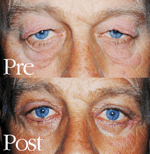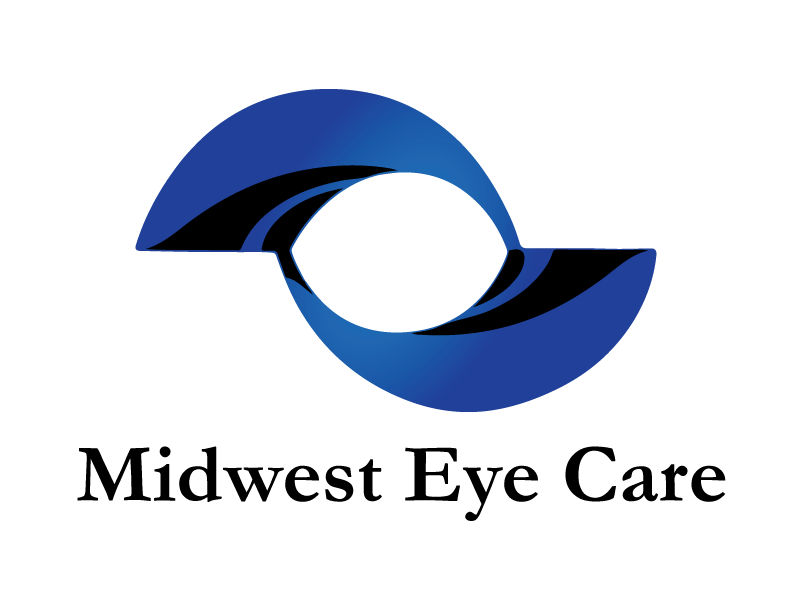 Droopy eyelids are often an inherited trait, although a very small percentage is due to a medical problem such as an allergic disorder, hormone imbalance or kidney disorder. In some instances, a droopy upper lid can be so extreme that it obstructs your vision; if so, your insurance company may provide coverage to surgically correct the eyelids.
Droopy eyelids are often an inherited trait, although a very small percentage is due to a medical problem such as an allergic disorder, hormone imbalance or kidney disorder. In some instances, a droopy upper lid can be so extreme that it obstructs your vision; if so, your insurance company may provide coverage to surgically correct the eyelids.
The more common eyelid problem is cosmetic, when upper or lower eyelids appear to be ‘baggy’ or droopy but don’t cause vision problems. As part of the natural aging process, eyelid skin stretches, muscles weaken, and fat pockets bulge and become prominent around the eye. An elective surgical procedure called blepharoplasty, or lid reshaping, can be performed to remove excess skin tissue and fat.
 If left untreated, droopy lids may eventually obstruct your vision, and excessive drooping in the lower lids may lead to chronic dry eyes if you’re no longer able to completely close them. However, even when patients are not having vision or dry eye problems, they often choose blepharoplasty surgery for cosmetic reasons.
If left untreated, droopy lids may eventually obstruct your vision, and excessive drooping in the lower lids may lead to chronic dry eyes if you’re no longer able to completely close them. However, even when patients are not having vision or dry eye problems, they often choose blepharoplasty surgery for cosmetic reasons.
If you have droopy eyelids, Dr. Rachel Mercer or Dr. Jill Grennan can evaluate your eyelids to determine if they would qualify for insurance coverage. If the doctor believes that eyelid surgery would be ‘functional’ (to improve your visual field) rather than cosmetic, she will document your visual field impairment with photographs and a visual field test. If your insurance company requires pre-authorization of the surgery, our office staff will also request the pre-authorization.
Your pre-operative evaluation exam will be billed to your insurance company, and you may be subject to a co-pay and deductible for that visit. The only other costs you should have for surgery, in addition to the fees listed above, are the costs for post-operative medications.

